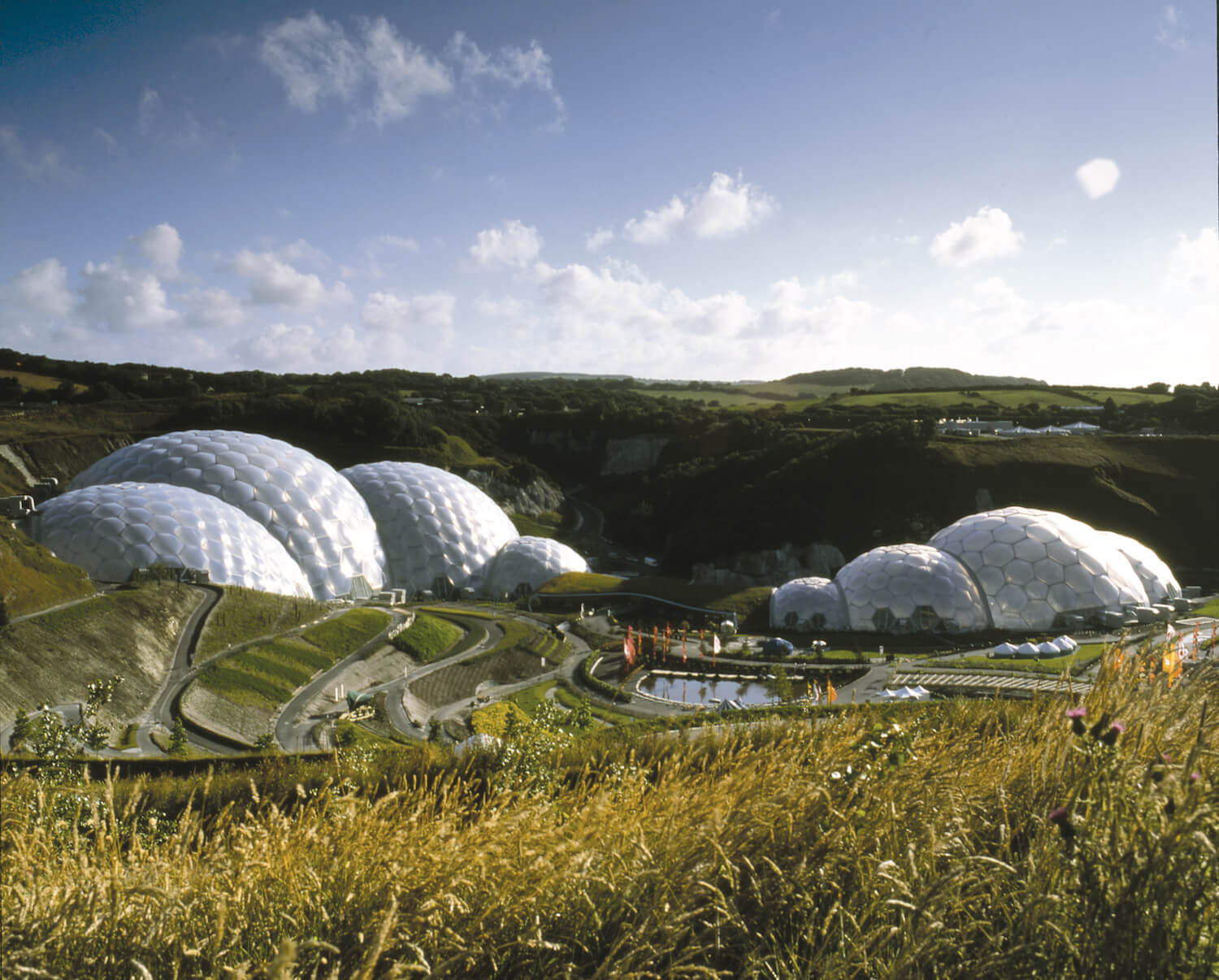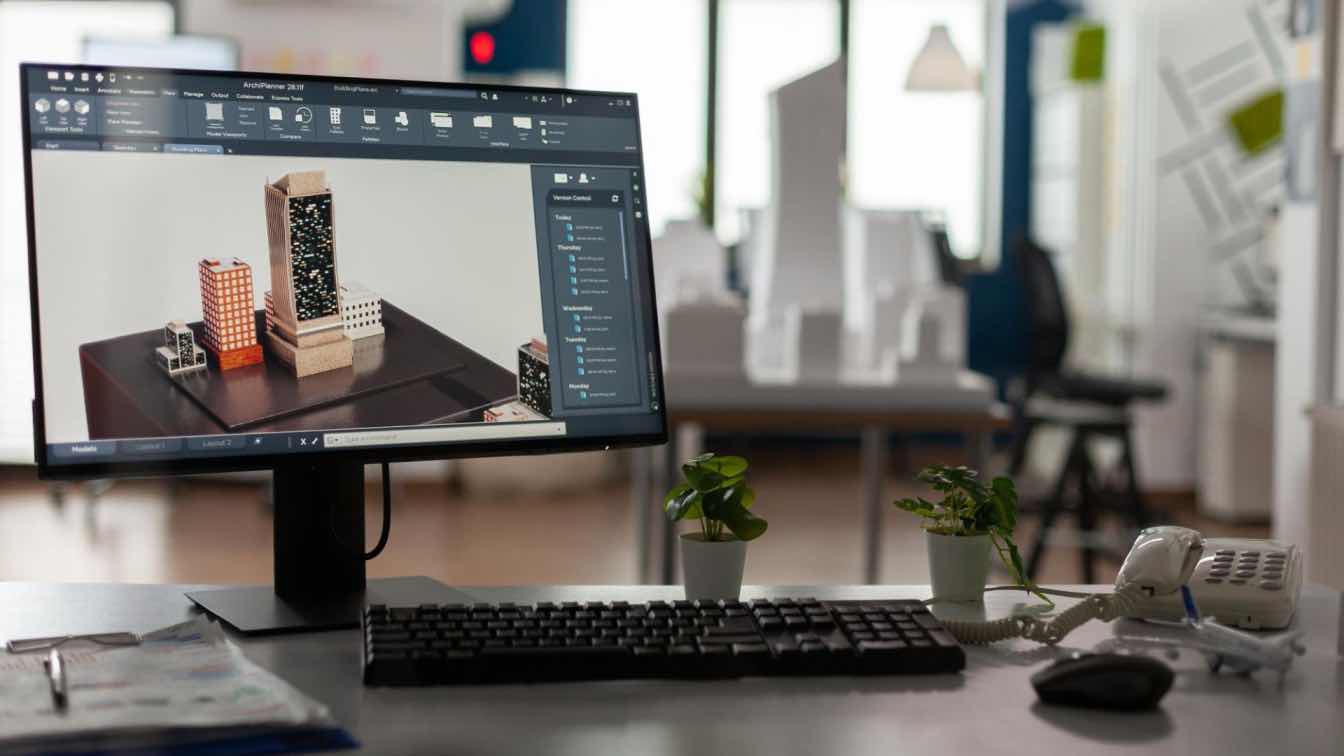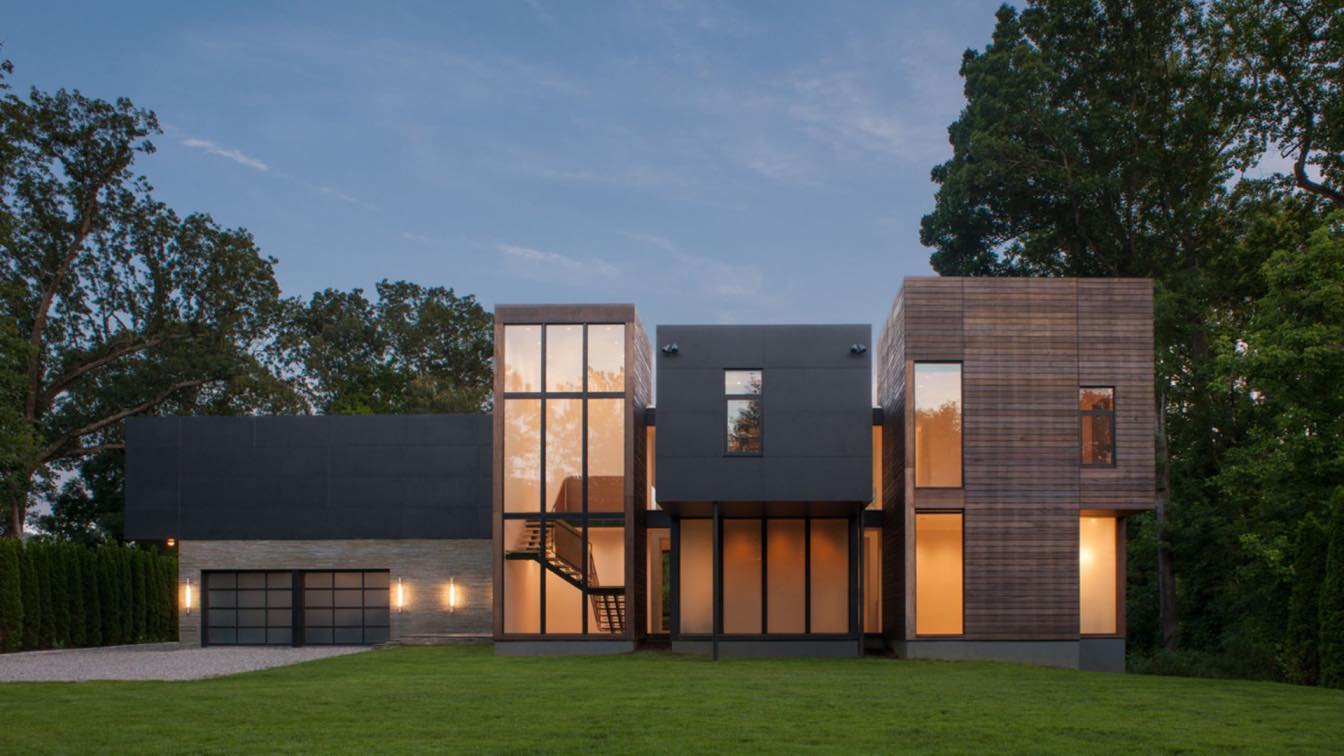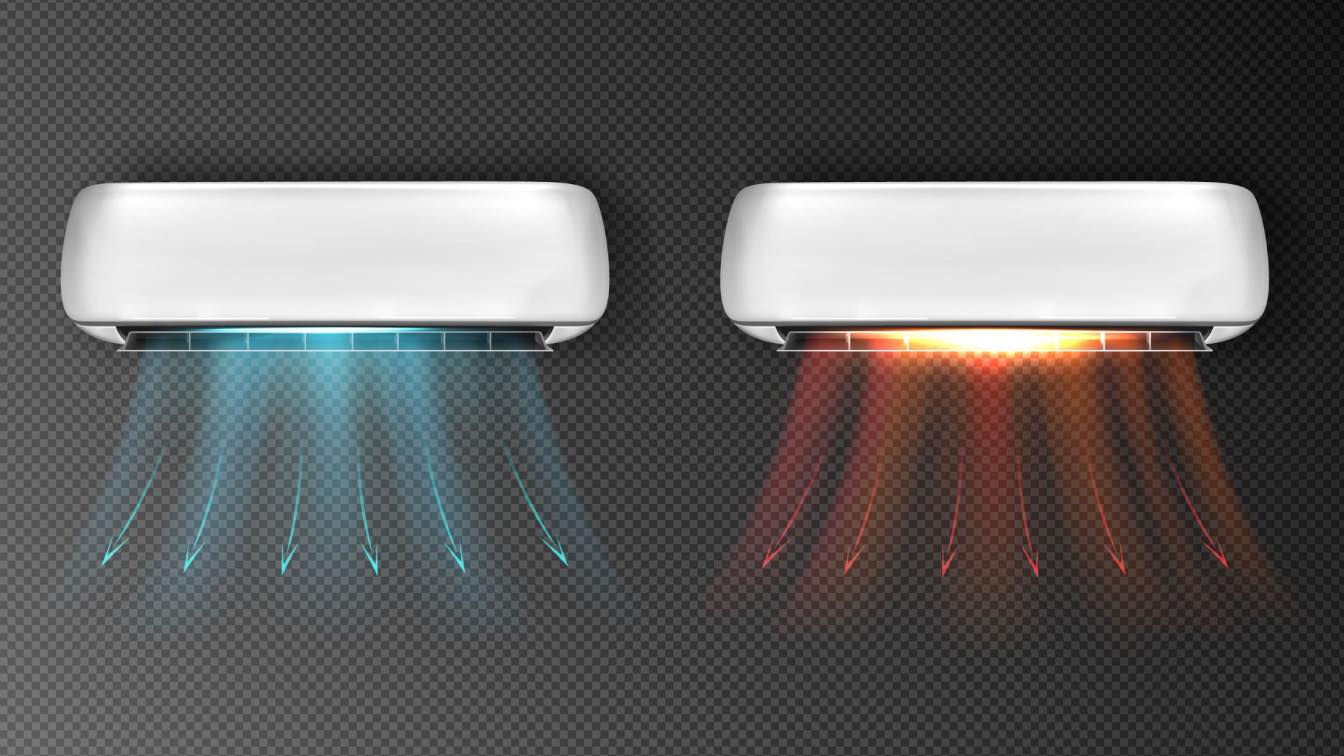Gardening can be a hobby with many rewards – but it’s also one that can be quite challenging at times. Often, it can be made even more complex when taking factors like climate into consideration. If you’re in a location that often faces harsher weather conditions or generally colder temperatures, you may need to find a way to keep your plants safe and secure from the elements.
For many people, a greenhouse could be the perfect solution to this problem – here’s a closer look into why you may need one and where to look.
What greenhouses are best for colder climates?
We believe everyone deserves a chance at becoming a master gardener in his very own backyard, despite the climate he lives in. To make that possible, there are special cold frames which protect the crops and plants from both heat and cold. For example, the polycarbonate cold frame (which you can get to know better here https://hallsgreenhouses.com/halls-coldframes/g/23742) is a great choice for gardeners with climate problems.
 The Eden Project in Cornwall, United Kingdom by Grimshaw
The Eden Project in Cornwall, United Kingdom by Grimshaw
But that's not everything. There can also be quite a few things to pay mind to when choosing a greenhouse to specifically combat a colder climate.
- Pick the right shape
Those who know that they’re likely to experience heavy snow or harsh downpours are likely to want to choose a greenhouse with a triangular roof. A common Gable design is generally preferred in these instances, but there are a number of styles that feature triangular or rounded roofs, so this shouldn’t be much of a limitation.
- Know your materials
You’ll need to make sure that you pick a greenhouse that’s designed with the right materials. For example, you won’t want to go for one with an untreated wooden frame that could be susceptible to rot and insects – especially when you consider how significantly this could affect the structural integrity of your installation.
- Find the ideal glazing
Choosing the right kind of glazing can also be essential in more difficult, or changeable climates. A glass that’s shatter-resistant and offers good insulation will usually be a great option. Many people go for polycarbonate panels for their glazing and in most cases, you’ll find that it’ll be a good choice.
There’s a lot more that you could do with your greenhouse than just growing plants, but even so, it can still be worth considering these points.
Tips for leveraging a greenhouse
If you want to ensure that your greenhouse will be suitable for growing plants in colder climates, you’ll often need to leverage it properly before getting set up. Even the best greenhouses will need leveraging; especially when it comes to protecting plants from more extreme weather conditions. If you’re not too sure what this involves or where to start, you may want to consider a few of these tips:
- Since lighting and heating are often going to be essential to creating your own consistent environment, it’s going to be worth learning about how to install lighting and additional heat sources to keep your plants safe
- Most people go for tempered glass when building a greenhouse, but if you can, it may be a better idea to go with polycarbonate panels instead (especially ones that are treated with UV stabilisers)
- If you do decide to go for a wooden frame, be sure to take the time to learn a little more about which types will be best and what kinds of wood treatments will be the most effective for your unique needs
- Remember, your greenhouse needs to not only withstand harsher climates, but also have proper ventilation and be sturdy enough to remain upright even in more severe weather conditions. Getting the right model for your home’s typical environment can be essential to your endeavours





